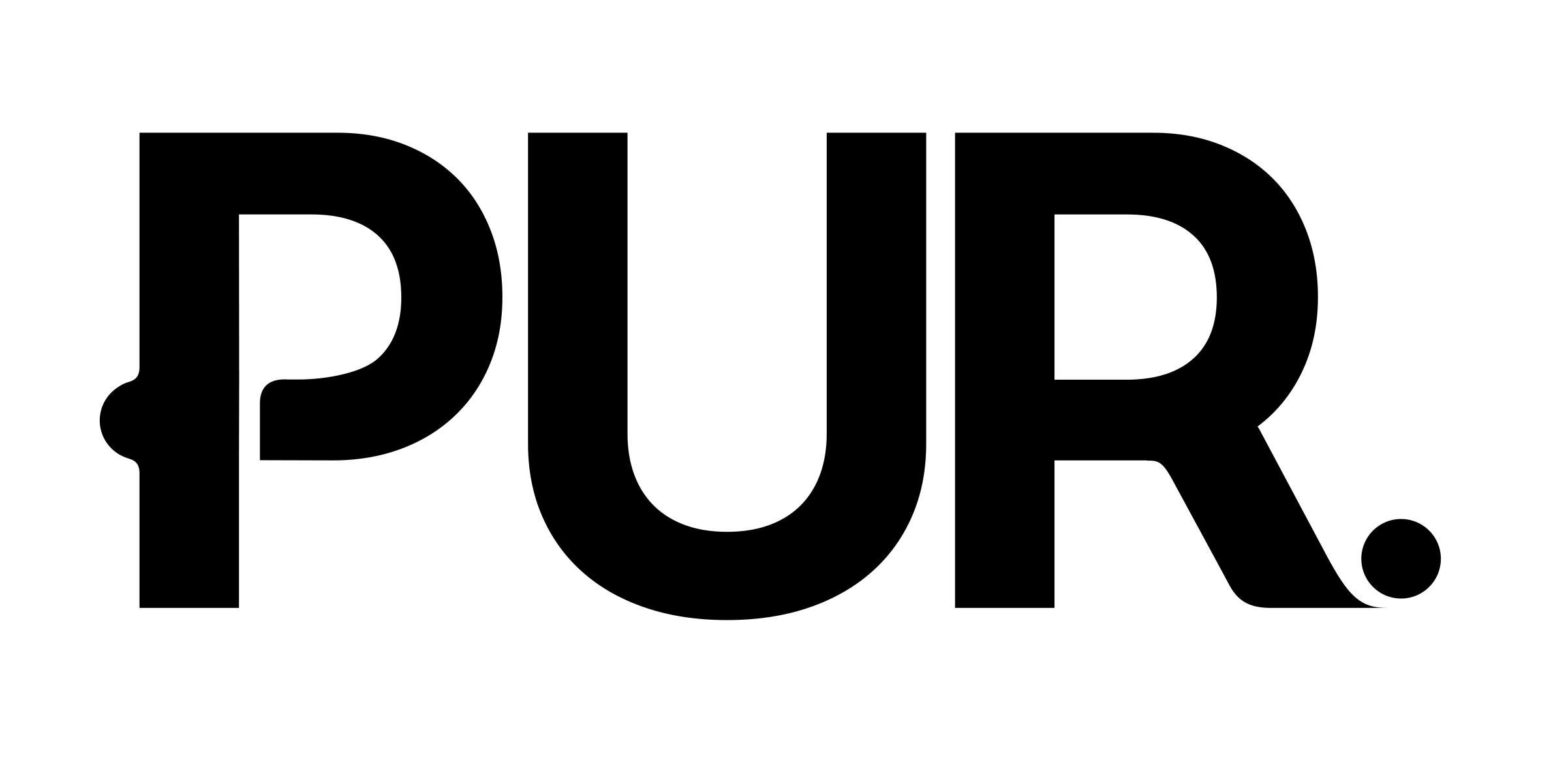Im Patrick Beggs
I founded PUR on the belief that story isn’t just how we share information, it’s how we understand it.
It’s how we learn, connect, and remember.
In an age where trust is fractured and knowledge feels distant, I believe story remains the most powerful technology we have for understanding each other and the world around us
Here’s how it all began.

Im Patrick Beggs
Add paragraph text. Click “Edit Text” to update the font, size and more. To change and reuse text themes, go to Site Styles.
I want to tell you how PUR really started because to understand that, you have to go all the way back to how I learned.
I went to a school that taught through story. I was lucky for that. But I also lived with undiagnosed dyslexia for most of my childhood. I struggled to read, to write my own name, and learned early how to mask it. I became resilient by necessity, teaching myself things in unconventional ways.
While other kids were reading, I was listening. I’d ask teachers questions, hang on to every word, and then make things up on the spot when it was my turn to write or speak. I couldn’t read my own handwriting, but I could remember what I’d heard and what others had said and be able to incorporate the room, the theater. By Year Nine, I taught myself to read. Not the usual way, more by recognising patterns, shapes, and flow. My brain learned to join the dots. To see patterns others might skip over. That’s still how I work today, connecting ideas, reframing information, finding angles that reveal something new.
It gave me belief. The belief that I could learn whatever I put my mind to.
I was lucky enough to go to university, I fell in love with history, or rather the power of story to shape the way we see and move through the world. My results were all over the place. Some lecturers thought I was lazy, rare ones gave me A’s. One day, a professor called me in and said, “You’re one of the bright ones.” She also said she thought I had dyslexia. I admitted I had my suspicions, but was too shy, embarrassed and maybe too proud, to ask for help.
She told me it was a miracle I’d made it that far, and then she asked, “Have you ever thought about media?”
That one question changed everything.
I ran with it. I started a small community newspaper with a friend that helped everyday people, artists, writers, neighbours, tell their stories. It was really a way for young people to feel like their perspectives mattered. We’d format their work like newsprint, pairing poems with politics, perspectives with play. It was messy, creative, and alive.
That’s where my love of story deepened and where PUR was born.
Because the truth is, we’re surrounded by information but very little understanding or connection to the information.
Academia creates knowledge that rarely reaches the people who need it most. Policy shapes lives without being shaped by them. And products that lack humanity fail to connect.
PUR grew from the idea that story isn’t just how we share information, it’s how we understand it.
Today, we help organisations translate complex knowledge, policy, research, and expertise into narrative-based learning and communication that people actually remember and use.
We bridge the gap between knowledge and understanding, combining narrative design, co-creation, and technology to help information stick and stay with the intended audience.
Because the challenge today isn’t information, it’s connection.
And story is still the most powerful way we know to create it.
That’s how I learned to learn.
And it’s still how we help others make sense of their world today.
Today I run PUR as independent narrative focused consultancy/production house.
Helping organisations find and define the story that connects their work to the people it’s meant to serve.
